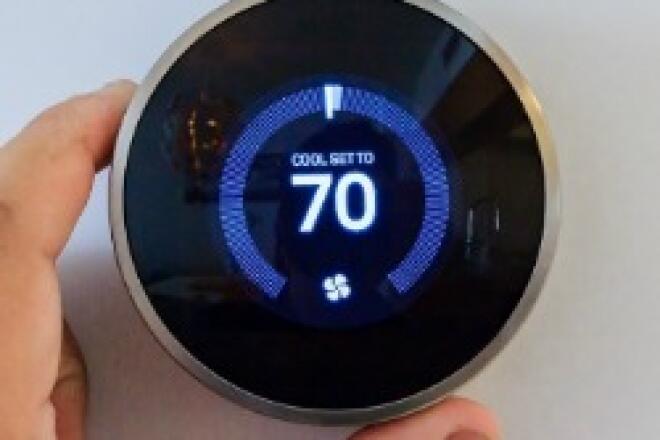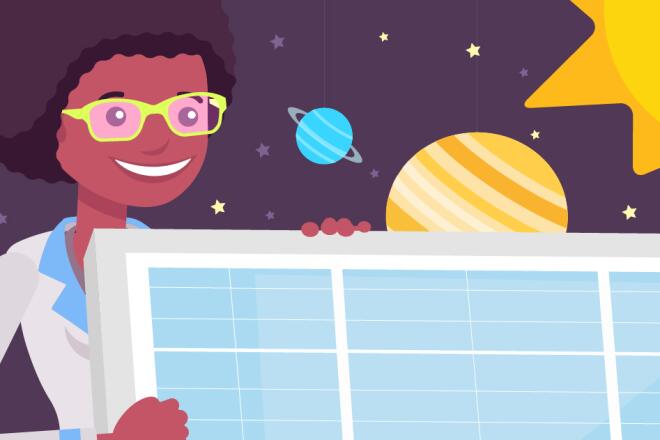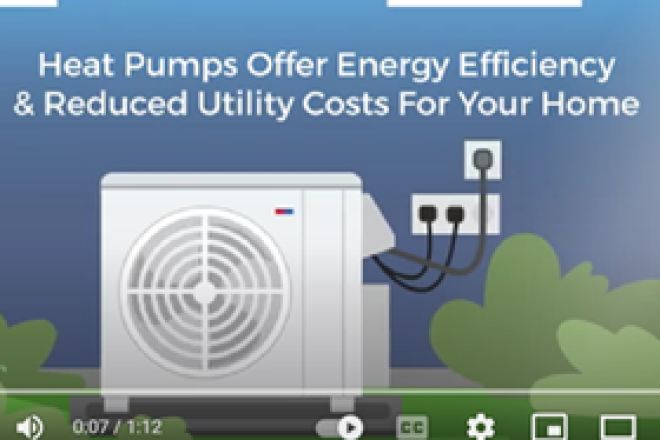
3 Ways to Get Involved in Renewable Energy
It's a new era for renewable energy: Innovations in technology, design and manufacturing are helping to drive lower costs and improved performance for these natural sources of electricity.
While this has led to a significant increase in renewable energy investments - particularly solar and wind - from electric utilities across the United States, it's also making getting involved in renewable energy much easier for you - whether you're a renter or a homeowner.
Here are three ways that you can start benefitting from clean, renewable sources of electricity:
1. Change your electric rate plan to one powered by renewables.
One of the easiest ways to get involved in renewable energy is to contact your current electricity provider and see if they offer electric rate plans that are powered by renewables (often called “green power plans”). There are several different types of green power plans out there today, but with the most common type, you can choose a percentage (for example, 25, 50 or 100 percent) of your monthly bill that comes from a renewable source.
When you sign up for one of these plans, you are not actually receiving electricity directly from a solar or wind source; rather, you are paying for your utility to buy that amount of renewable energy. These programs typically require you to pay an additional amount each month based on your home’s energy usage, through this fee, you’re directly encouraging your utility to continue investing in renewable energy.
If you don’t mind paying a marginally higher amount for your electricity each month, a green power plan is likely the quickest, easiest way you can get involved in renewable energy. Many power companies offer green power options, so contact your provider today and see what options there are for you. By just changing your rate plan, you can reduce your carbon footprint, while supporting future clean energy developments and contributing to new green power jobs.
2. Participate in a small solar farm that’s located in your community.
Another great way to get involved with renewable energy is to become a participant in a local community solar farm. With community solar, there are no panels to install on your roof – instead, you receive a portion of the energy generated by a small solar farm that’s located in your area.
 Unlike a green power plan, where you're typically paying extra to support clean energy, the aim of a community solar array is generally to save participants money (although, of course, the environmental benefits are a major benefit for most). There are a few different pricing models out there, but the main two are subscription and ownership.
Unlike a green power plan, where you're typically paying extra to support clean energy, the aim of a community solar array is generally to save participants money (although, of course, the environmental benefits are a major benefit for most). There are a few different pricing models out there, but the main two are subscription and ownership.
Under the ownership model, you generally need to pay upfront or take out a loan for your section of the solar array. You’ll then receive solar credits on your power bill for the electricity your section generated. For example, instead of paying for 900 kWh of electricity on your monthly bill (roughly the average for a U.S. household), you could pay for only 100-200 kWh, depending on the output of your section – drastically cutting the amount of your monthly bill.
You can also subscribe to a community solar farm. Under this model, you usually sign up for a year or two at a set kWh price for the electricity generated and pay for it on your monthly bill. This rate could be lower than what your utility offers, so it could be a good money-saver. In other cases, it could be slightly higher, and participants are enrolling to support clean energy that’s produced locally.
If you're interested in participating in community solar, EnergySage offers an online Community Solar Marketplace™ tool that’s sortable by state. You can see what projects are available for you and the specific terms required for participation.
3. Invest in solar panels for your home’s rooftop for a long-term commitment.
The final way to get involved in renewable energy is arguably the most well-known (and the biggest commitment) – installing solar panels on your home’s rooftop. Although the financial and environmental benefits of rooftop solar can be considerable, there’s a lot of misinformation out there from various parties, so it’s encouraged that you do plenty of research before making this investment.
For example, rooftop solar isn’t ideal for every home (due to the roof size, shade and other factors), and if you’re monthly power bills are already low, you need to consider that there won’t be as much return-on-investment for you. And not all states allow you to sell the electricity you generate back to the grid when you aren’t using all of it – which can substantially impact both your monthly bills and your long-term payback period. Also, if you plan on moving in the next five years, it may be best to skip the rooftop panels (although it can increase your home’s value).
However, the good news is that if you’re interested in rooftop solar, there are many tools available from power companies and others to help in the process. For example, Con Edison and National Grid – large utilities serving customers in Northeastern U.S. – offer online marketplaces for learning about getting a rooftop solar system installed. These marketplaces can help you learn about the technology, find qualified contractors and get personalized cost estimates. They can also help you understand the estimated cost savings from installing a solar system. The aforementioned EnergySage is also an excellent resource for getting objective info.
If you’re considering rooftop solar, check with your power company to see what resources they have on hand to help you. They also may have a vetted list of solar contractors – but definitely get multiple quotes as installation costs can vary significantly.
Conclusion: A new era for renewables
Renewable energy is a fast-growing source of electricity in the United States for good reason – it’s increasingly affordable and provides numerous environmental and community benefits as well. If you’re interested but haven’t looked at getting involved in renewable energy recently, it may be time to check again. Power companies now have more options than ever for green pricing plans, and many offer tools and information on community and rooftop solar and other options.
To learn more about the changing world of renewable energy and how it can benefit you, download the new Renewable Energy 101: A Fact-Based Guide for Consumers here.



